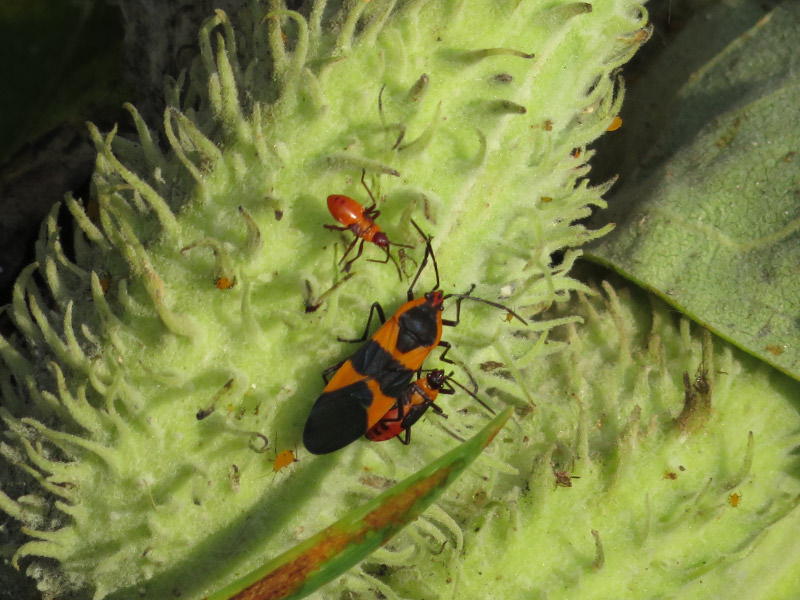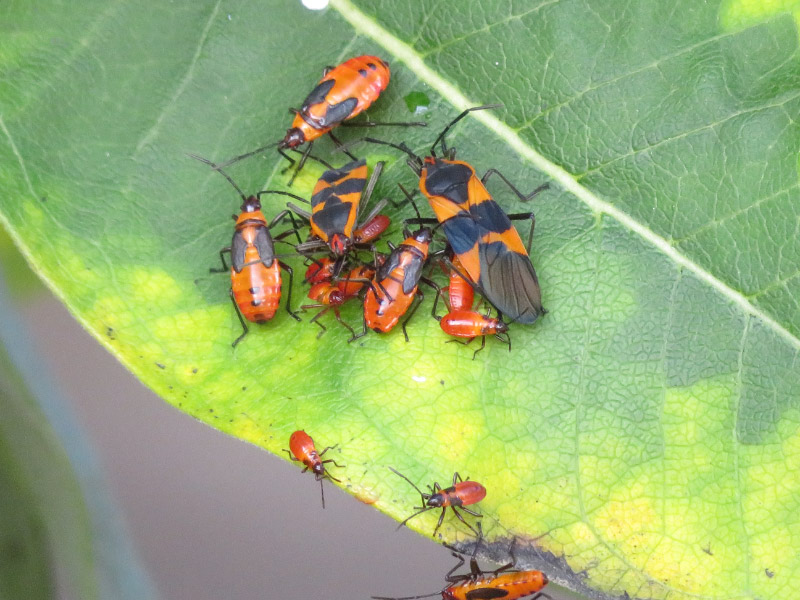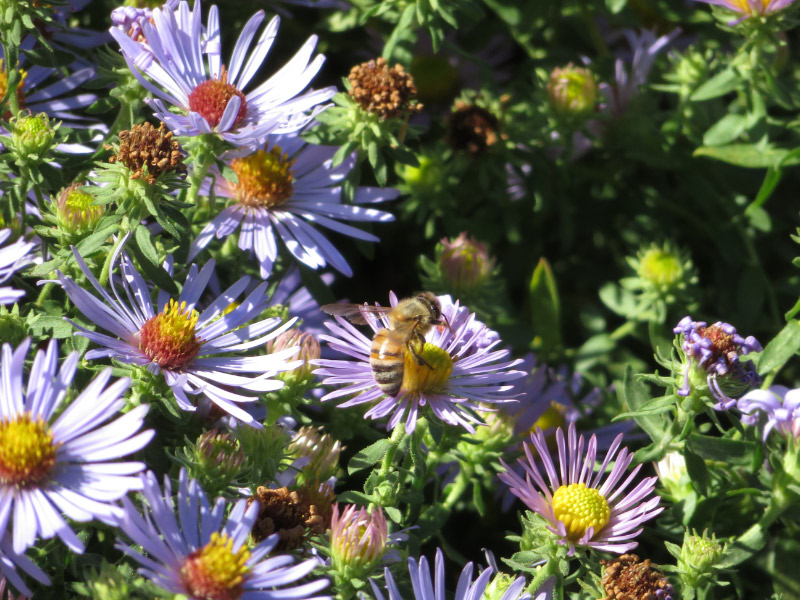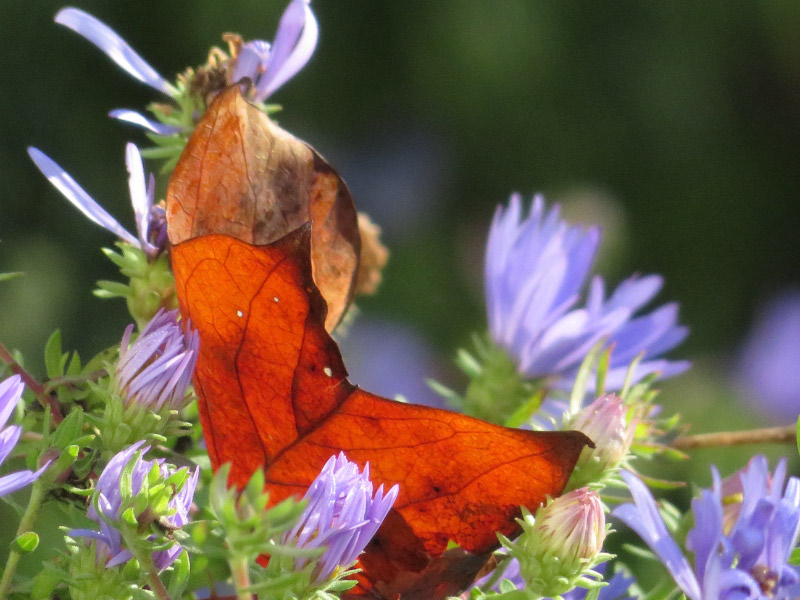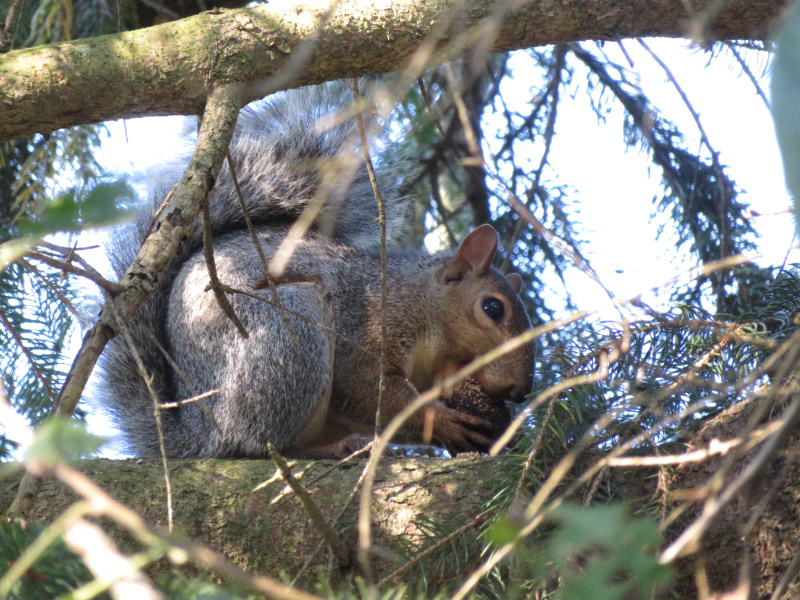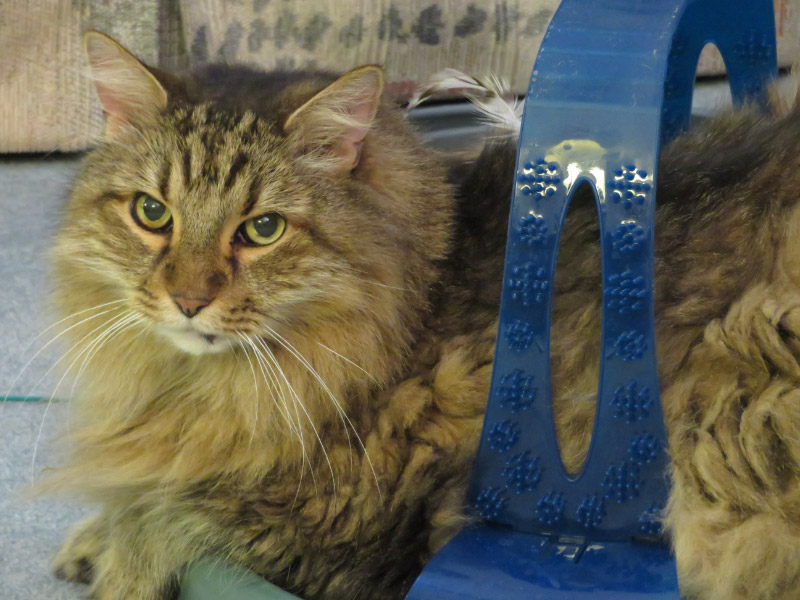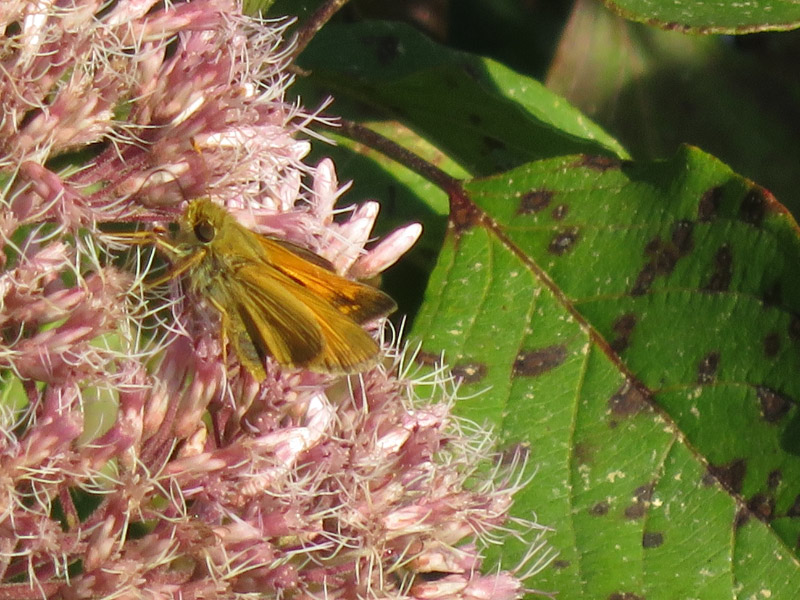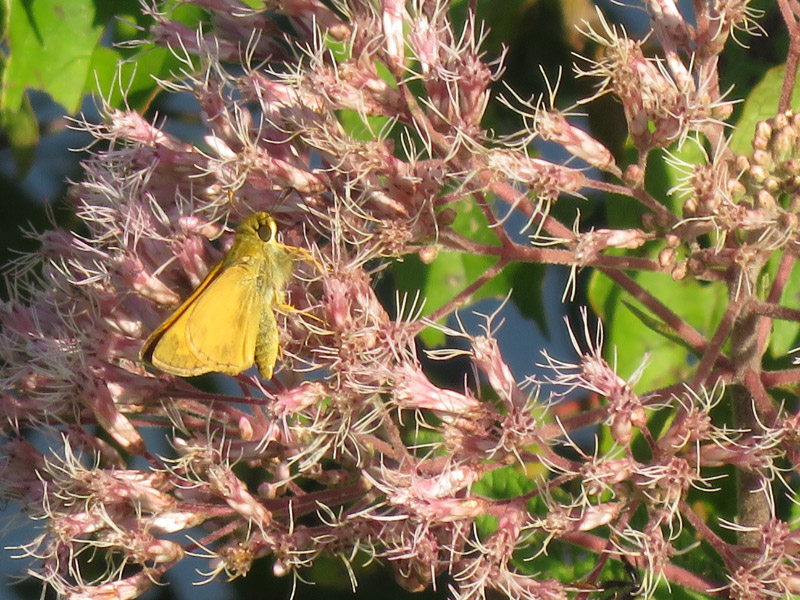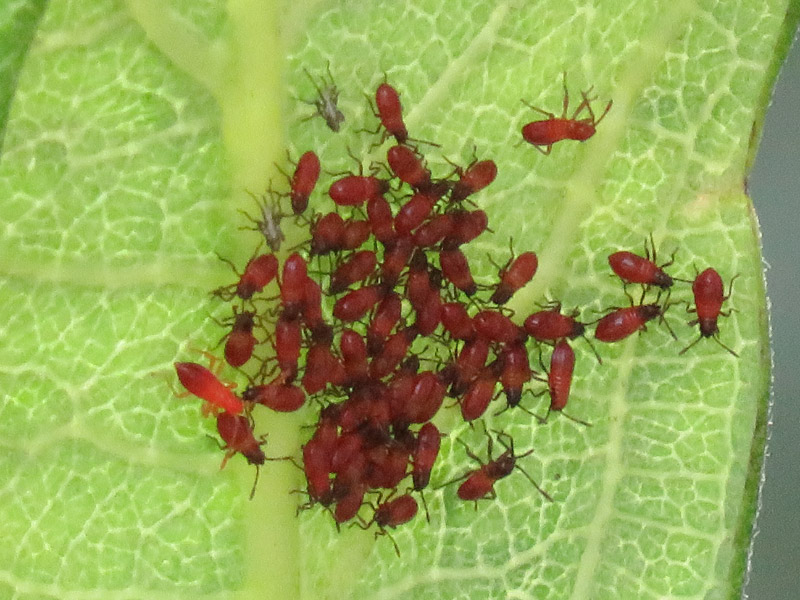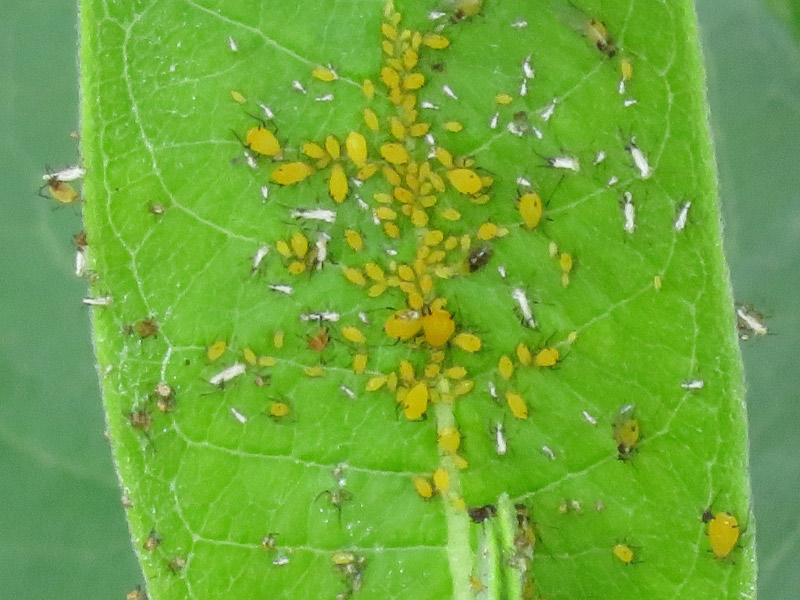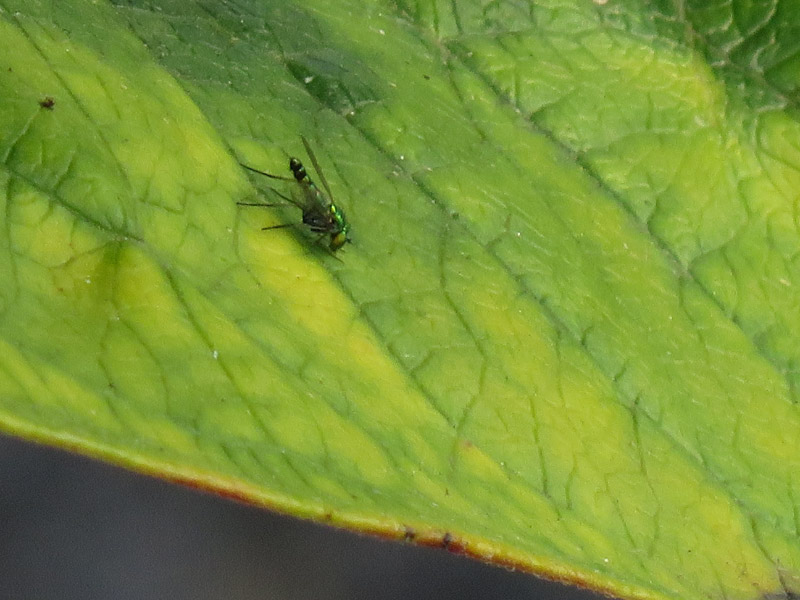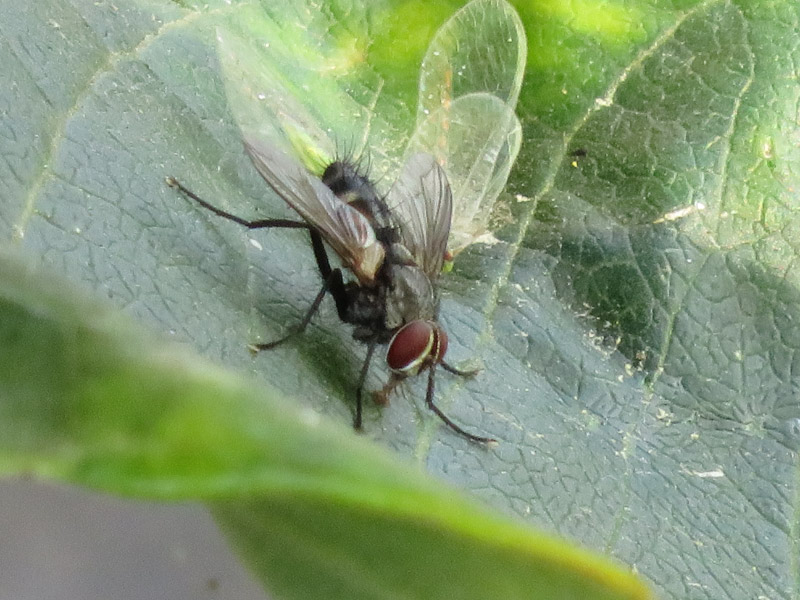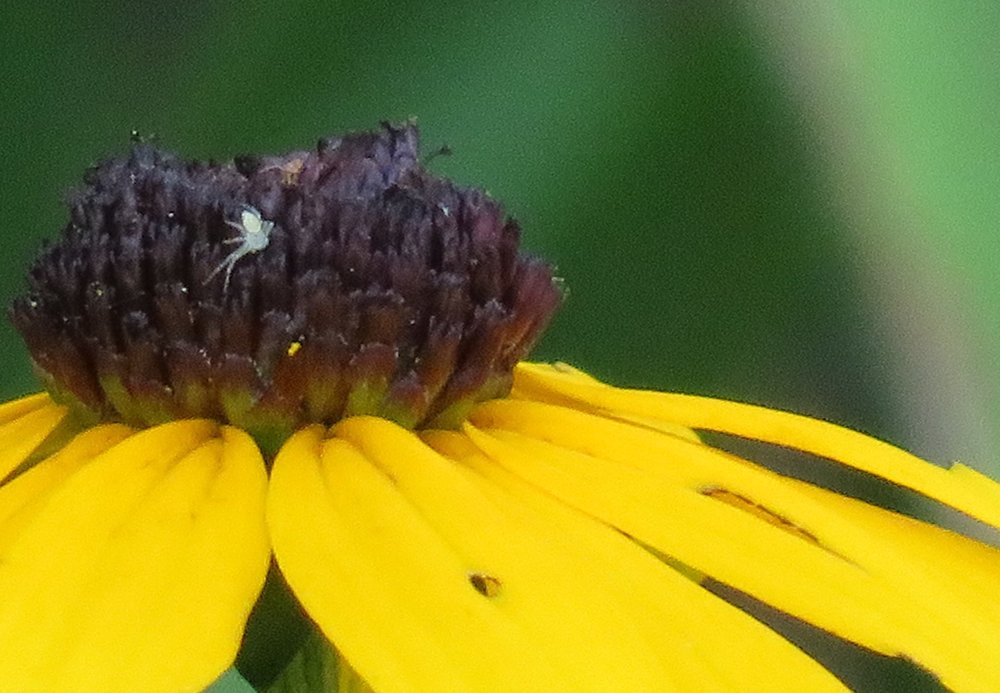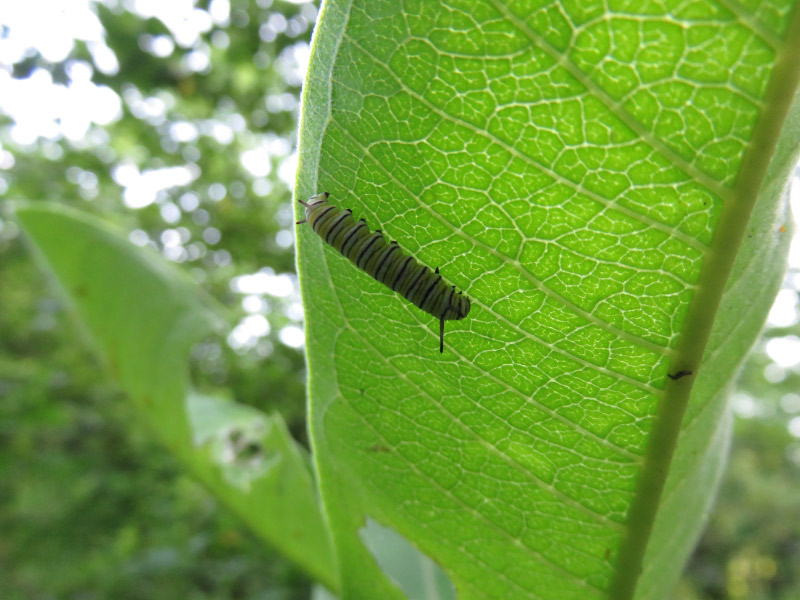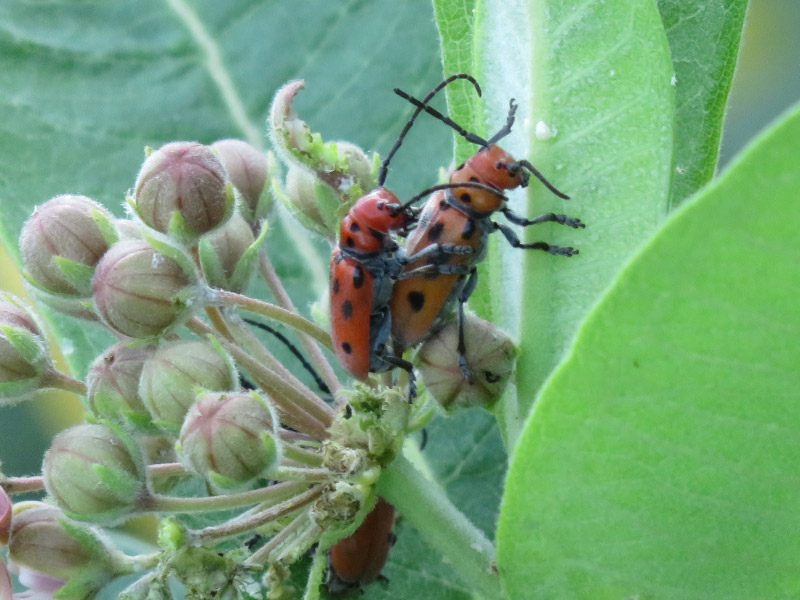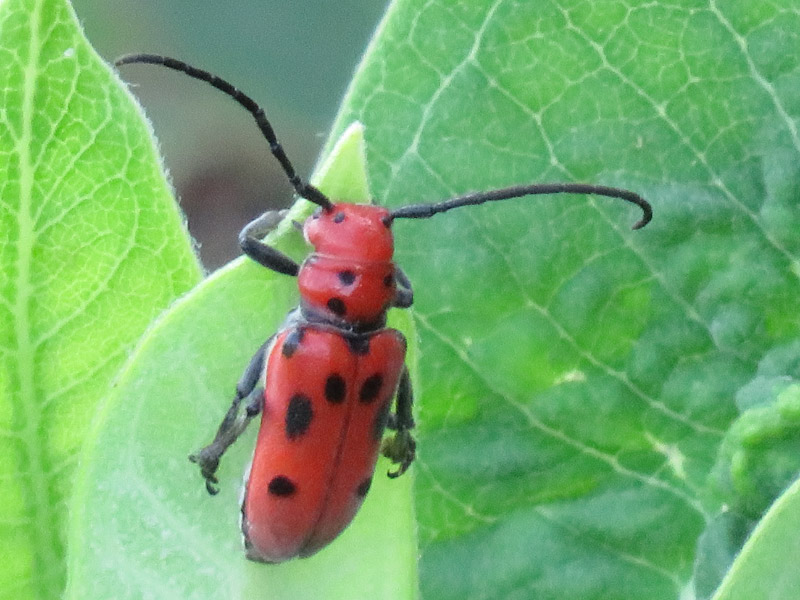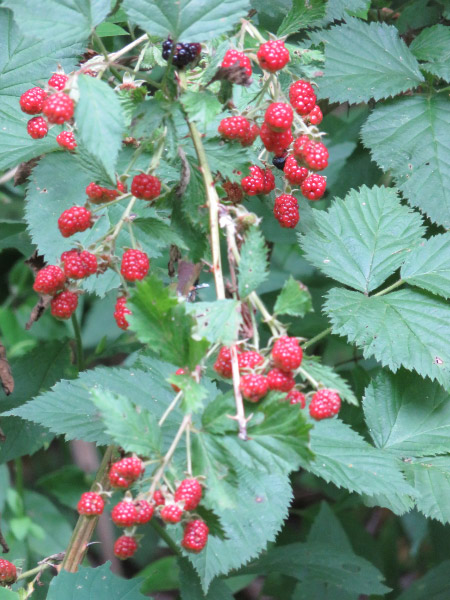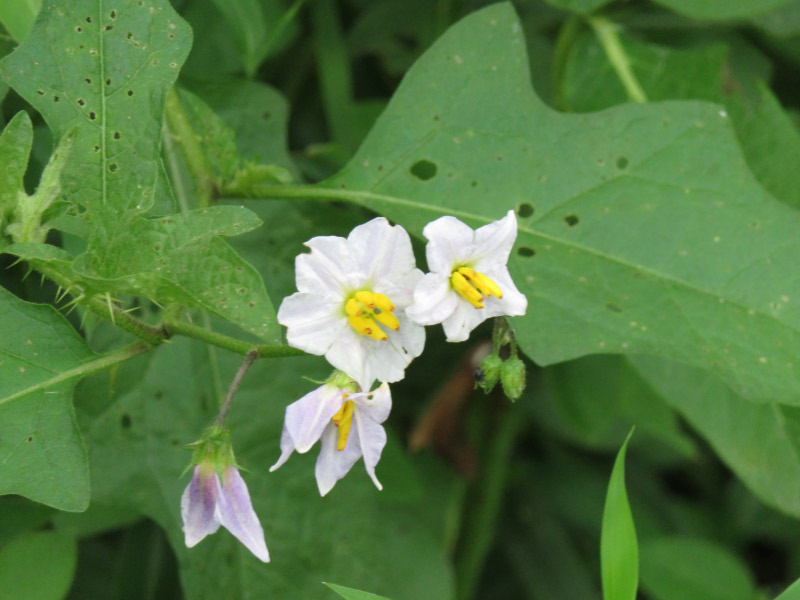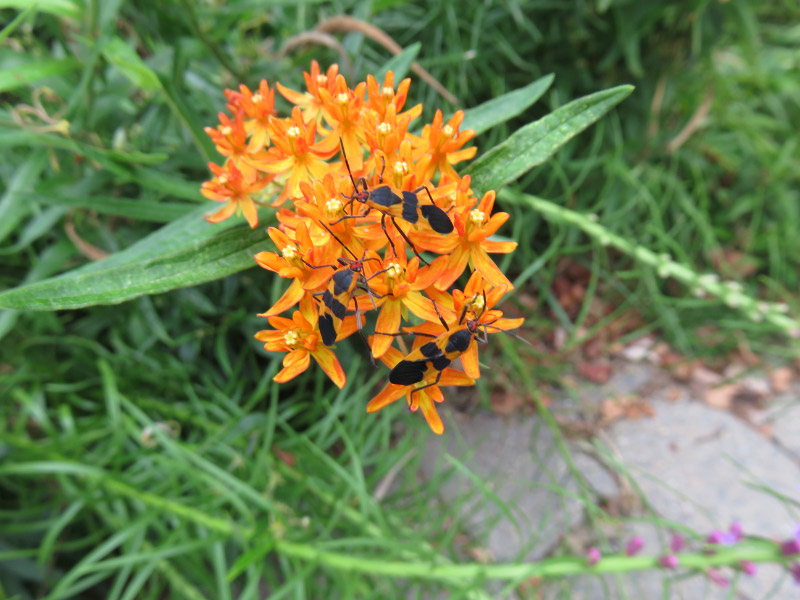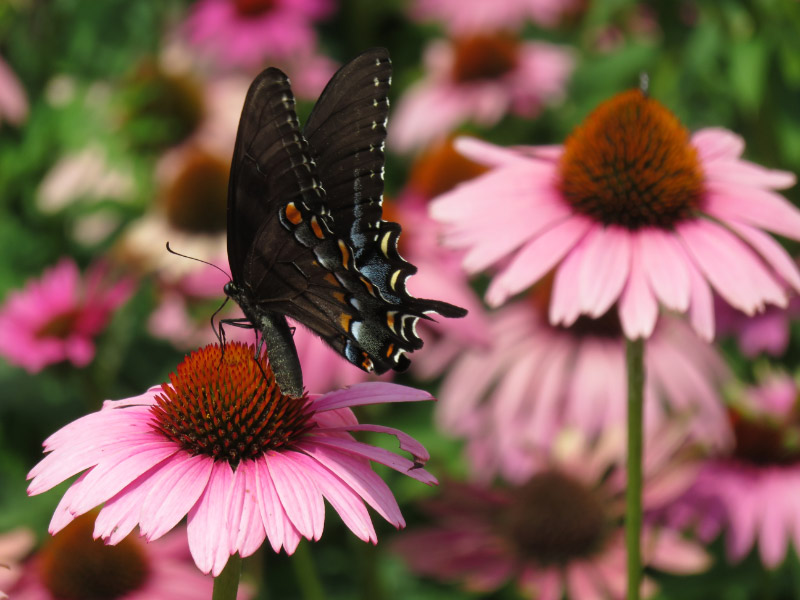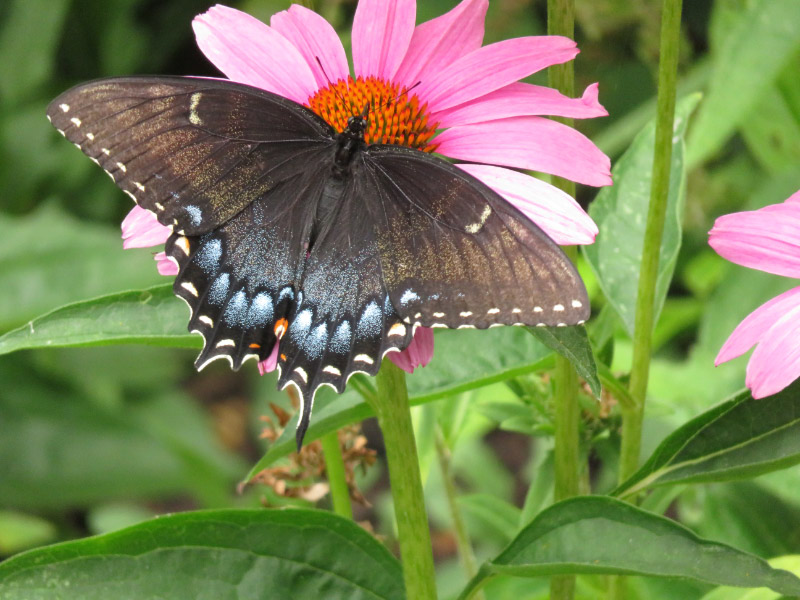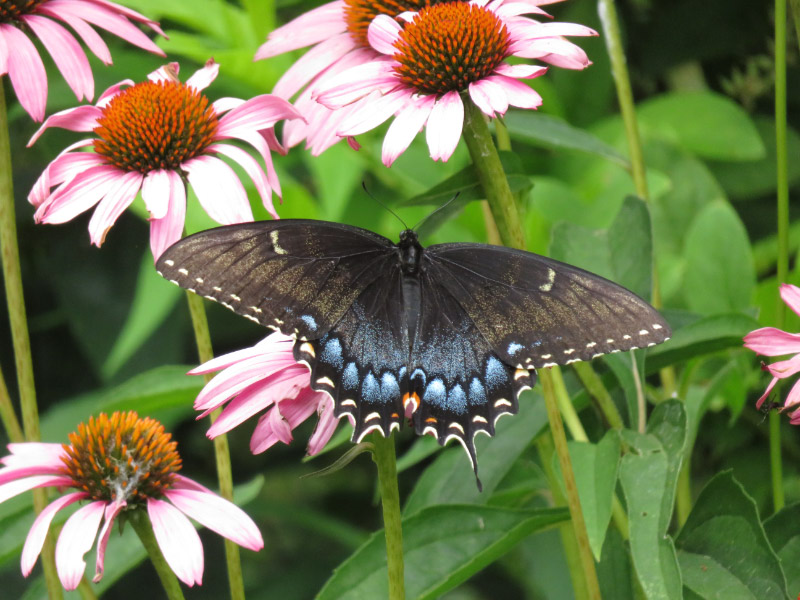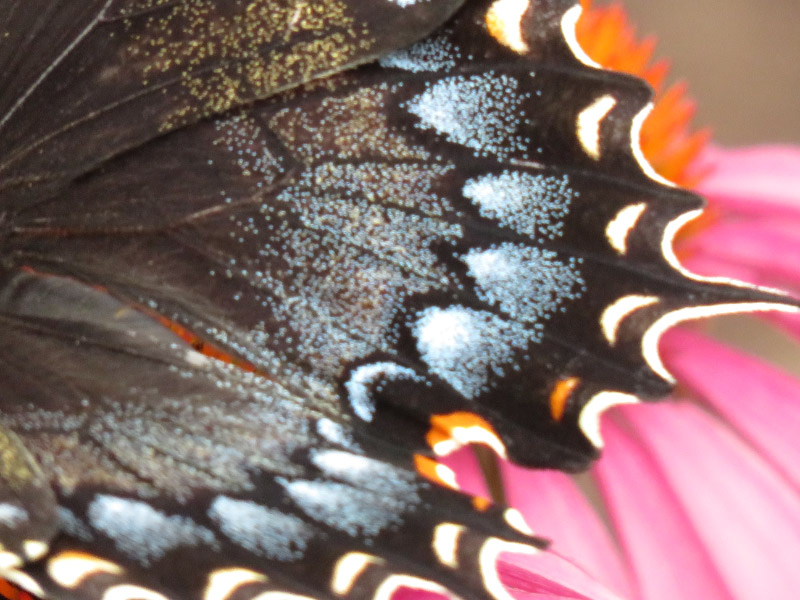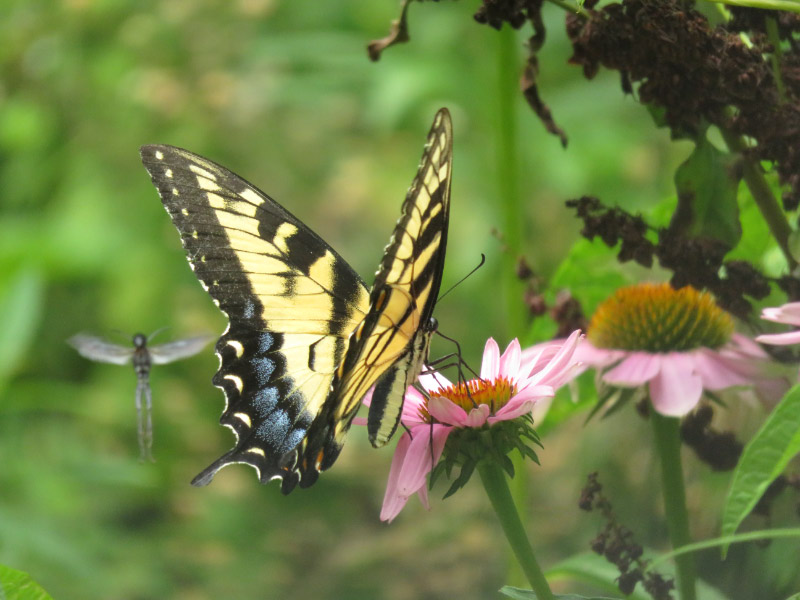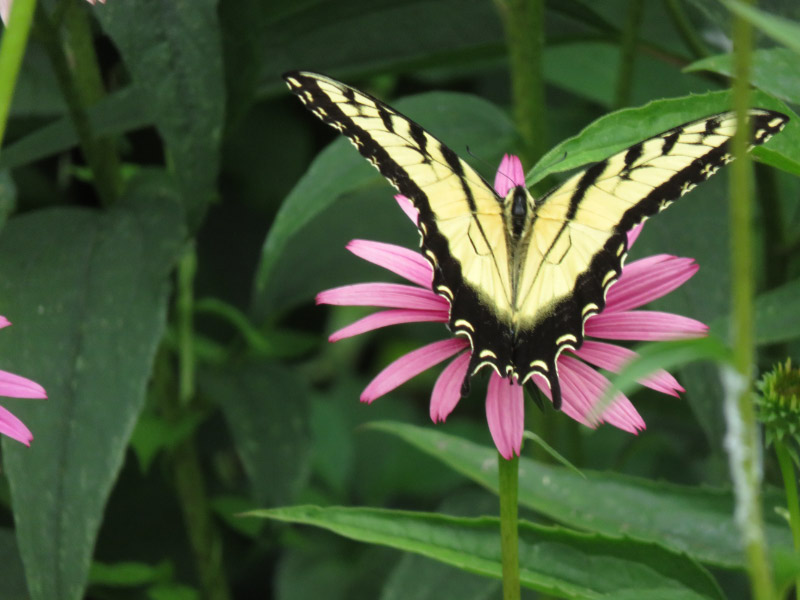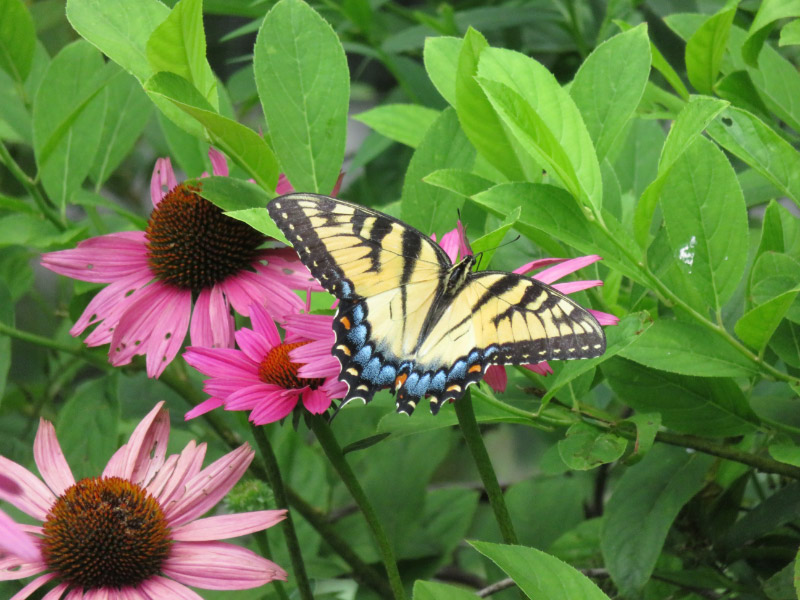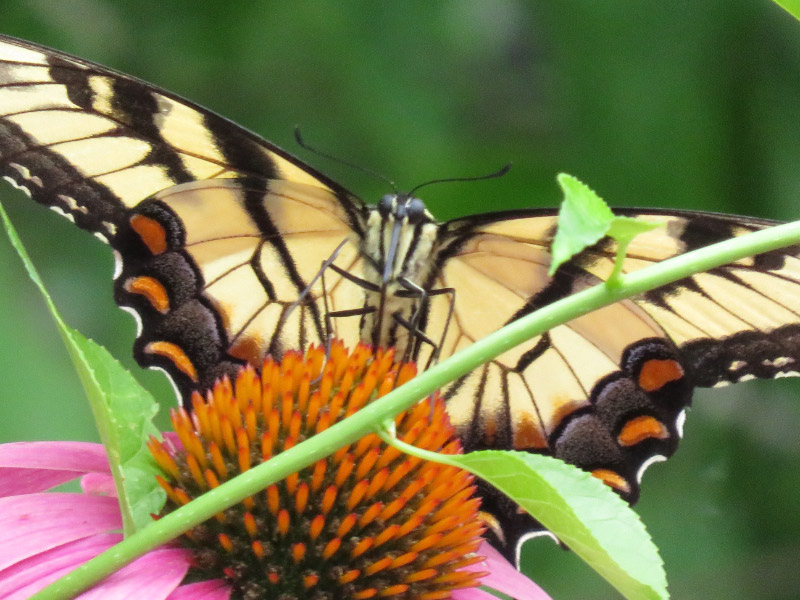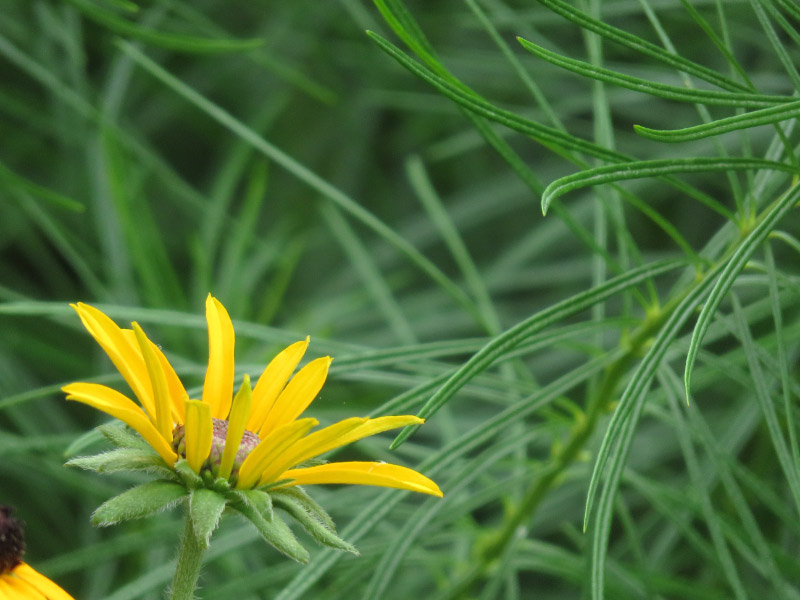Zooming – November 2016
/November is my second month with my new camera (Canon PowerShot SX720 HS). My earlier posts this month have used a lot of zoomed images…but I’m sharing 7 in this post that are new. The first is an immature milkweed bug. See the stubs where the wings will be in a later instar? In October, I thought they would gone by November but the weather stayed reasonably warm and there were still green milkweed pods well into the month. Some of the bugs probably didn’t make it to maturity before the first frost.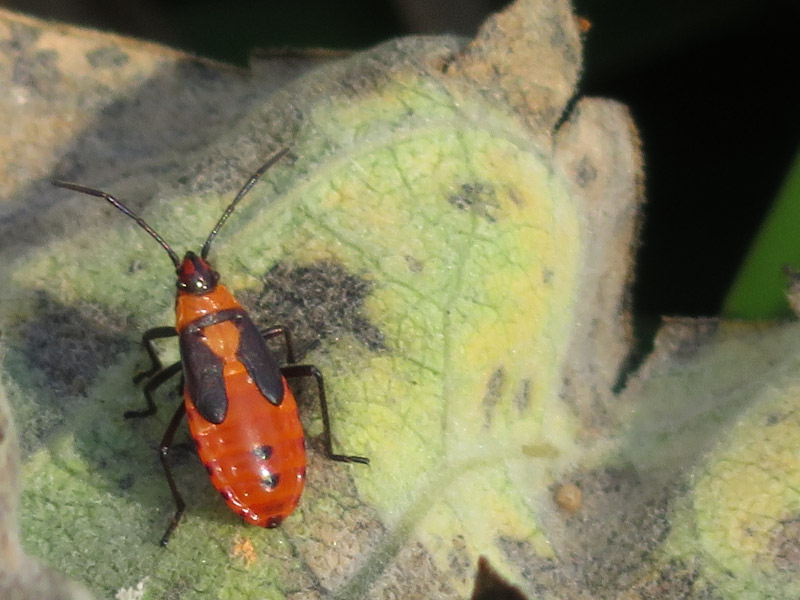
November included the brightest fall color this year. I like the light shining through these maple leaves.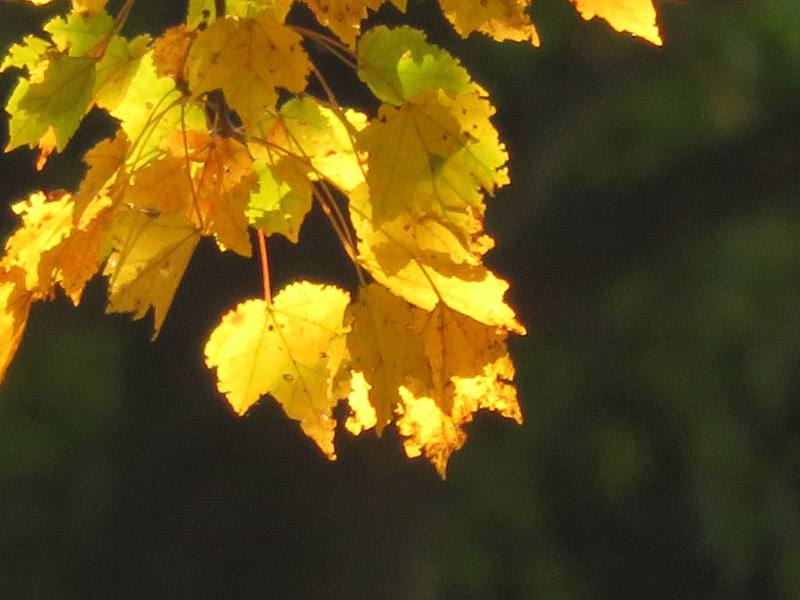
The Bald Cypress cones were more obvious against the rusty brown of the foliage being shed this time of year.
 Ferns have sporangia on their underside; these reminded me of the dots on dominos.
Ferns have sporangia on their underside; these reminded me of the dots on dominos.
Inside the conservatory at Brookside the banana plant had maturing fruit.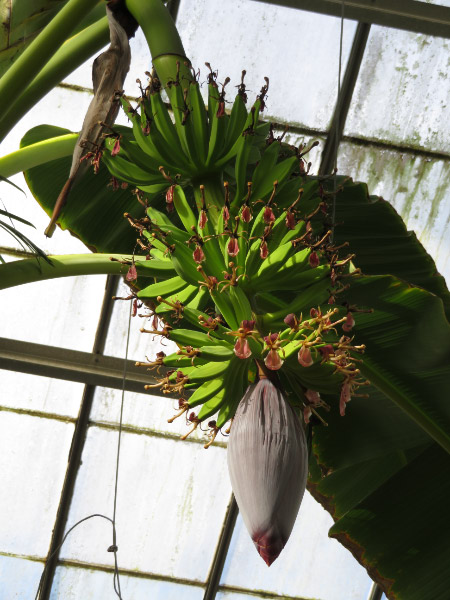
I’m not sure what this is…but it is growing (and blooming) in the Brookside Gardens conservatory.
I discovered Virginia Creeper growing on the brick in front of my house. It is turned red with the cooler temperatures.





